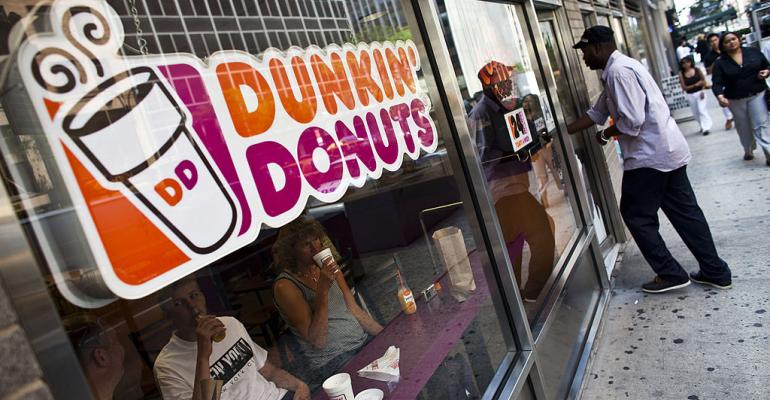When news of sluggish sales hits the retail real estate sector, department stores and apparel retailers emerge as the usual suspects for waning demand for space. Restaurants are usually seen as alternative anchors that can occupy vacant anchor spaces, drive shopper traffic and help malls maintain healthy leasing levels.
That picture is becoming more complicated. Restaurants have experienced weaker foot traffic and sales for about six quarters, according to RBC Capital Markets. Restaurant spending increased by about 6.25 percent by the end of the first quarter of 2016, but that was down from a spending increase of 8.0 percent in the second quarter of 2015. Analysts point to several reasons for the decline, such as passing anxieties stemming from the upcoming presidential election and more complex pressures like the rising cost of living.
Retailers continue to manage a more complex retail environment and deal with slowing bricks-and-mortar sales. The question is whether mall landlords can still rely on restaurants as alternative anchor tenants in their centers, and whether demand for retail space will remain firm.
Restaurant sales cool off
Strictly speaking, restaurants are still attaining growth, and still outpace consumer spending on food at home. Since 2001, spending on food at restaurants and food at home tracked very closely, with occasional spread differences. Restaurant spending began to outpace home cooking in the fourth quarter of 2013, according to data from RBC and the Bureau of Labor Statistics.
Those increases, however, have not been as robust as they were in mid-2014. With foot traffic waning, consumers are choosing to spend more money on food at home than eating out or on take-out.
“Traffic has been slowing since April and May,” says R.J. Hottovy, a senior restaurant analyst for Chicago-based research firm Morningstar. “Plenty of evidence has been recorded in second quarter results already.”
Indeed, restaurants like Chipotle Mexican Grill, Dunkin Donuts and McDonald’s have all experienced either downturns in sales and revenue, or lackluster results in the second quarter. As the industry searches for answers, some executives, like Starbucks CEO Howard Schultz, have attributed the downturn to skittishness about social unrest and the upcoming election.
Hottovy, however, says that the rising cost of living is having a much bigger impact on Americans’ decisions to skip restaurants, despite a favorable environment for food and gas prices.
“Rent and healthcare costs are up substantially,” he says. “That has offset some of the other potential drivers there.”
“What will happen is it makes it difficult for restaurants to raise prices,” Hottovy adds. “They cannot do it while consumers are getting better deals at grocery stores.”
Restaurants are also limited in how much they can raise food prices, due to rising labor costs. Restaurants are coming under more pressure to pay employees higher, living wages, Hottovy says. Fortunately, limited increases in food costs are offsetting some of those labor cost pressures.
Class-A malls lose their lead
Very few economic developments will leave class-A mall in distress, but lately such properties have been losing their edge over lower-tier centers in terms of tenant sales.
RBC Capital found that growth in tenant sales at class-A malls, which it generally defines as properties with sales per square foot of $450 or more. Tenant sales at high-end malls had turned slightly negative by the end of the first quarter of 2016, down from 7.0 percent growth in the third quarter of 2015. Sales growth at class-B-class malls average 7.0 percent, holding steady with the third quarter of 2015.
The underlying causes for the performance gap are unclear, aside from the routine pressures facing retailers. Also, the findings represented a couple thousand retailers, so the differences might go away as more mall landlords begin reporting second quarter results, according to Rich Moore, an analyst at RBC Capital Markets.
The good news is that looking ahead, planned store openings continue to hold steady, according to RBC. Despite fluctuations in sales at restaurants and retail stores, store openings are usually a long-term trend that stays true to retailer intentions, Moore says.

